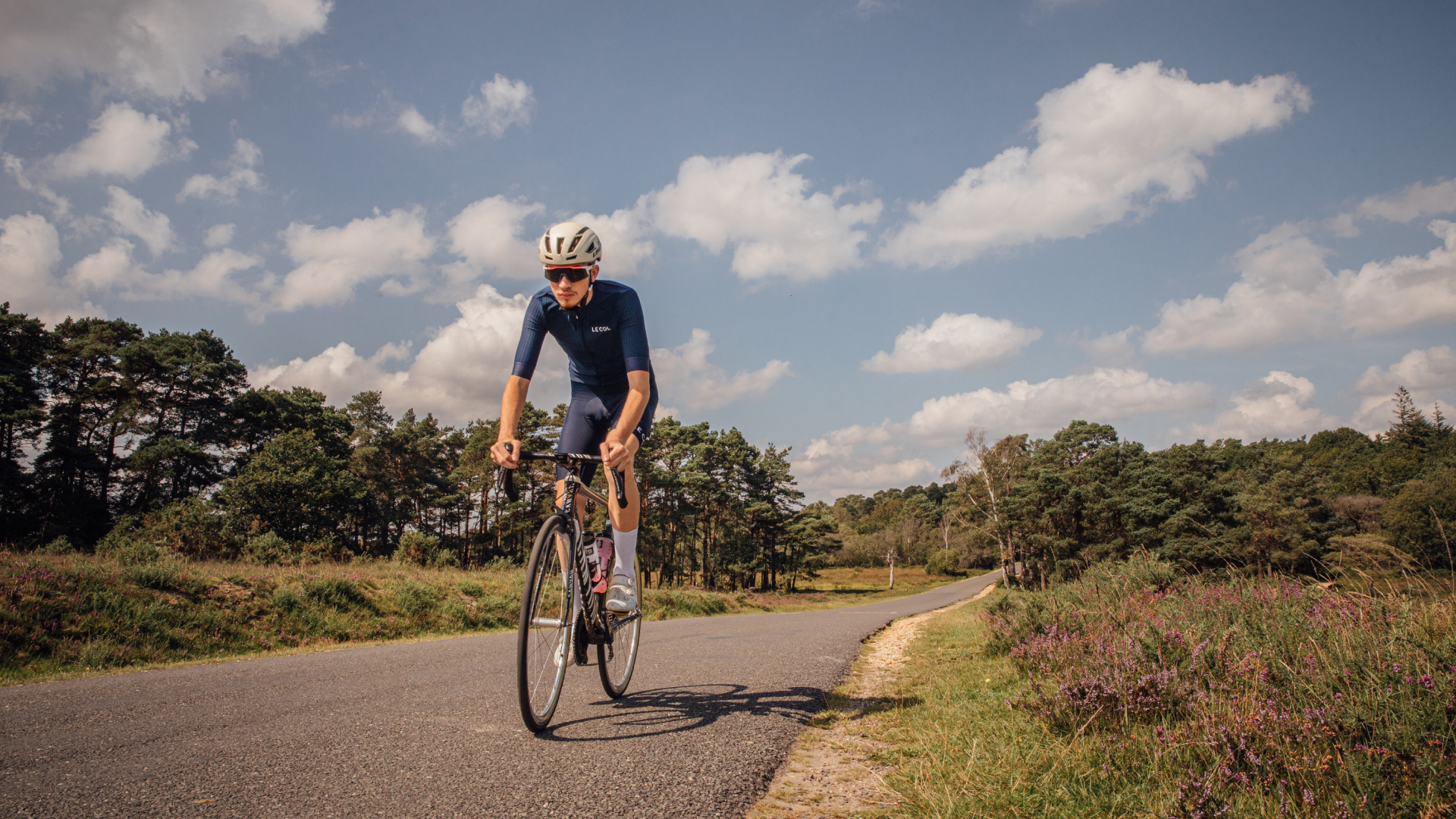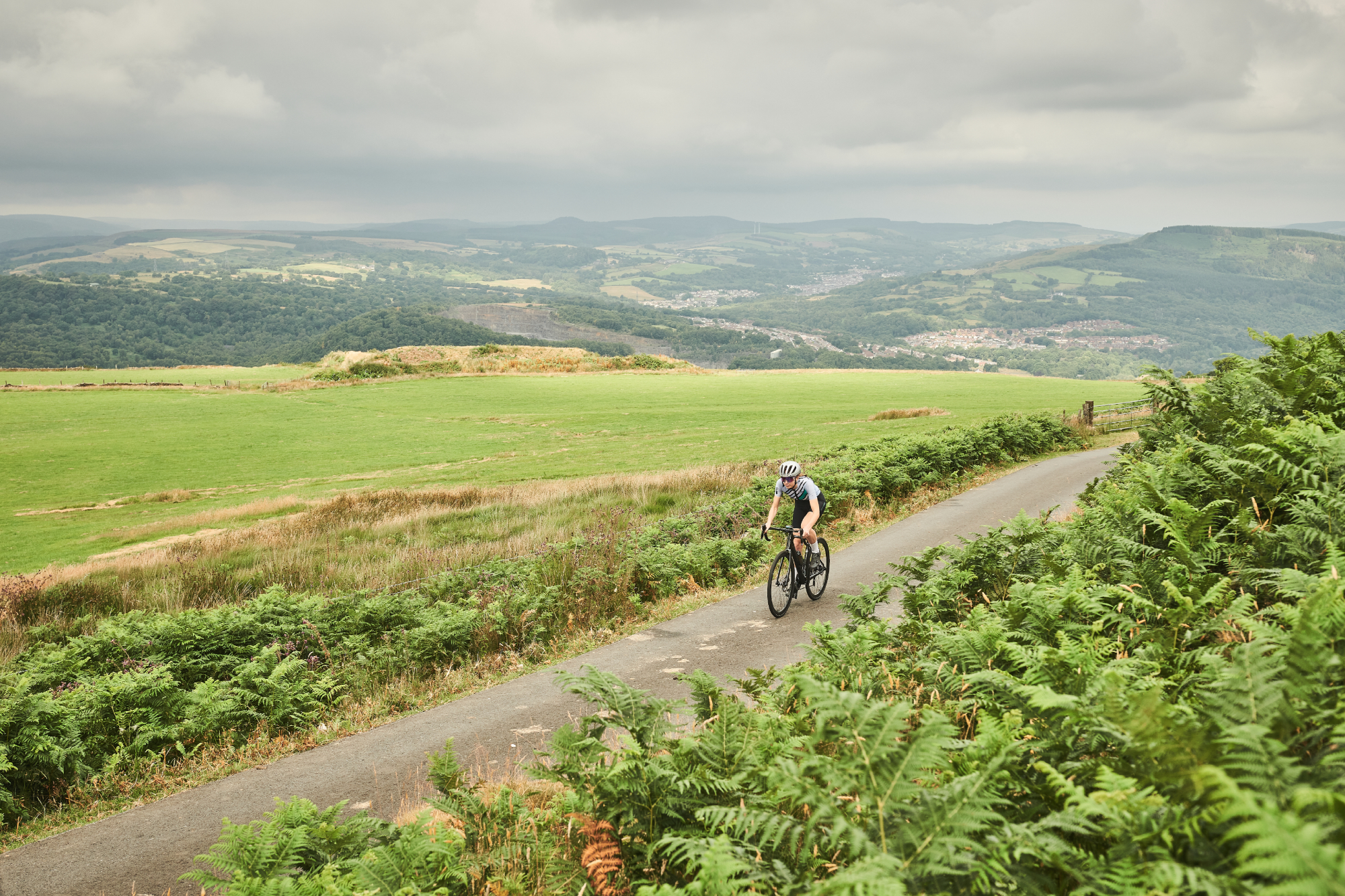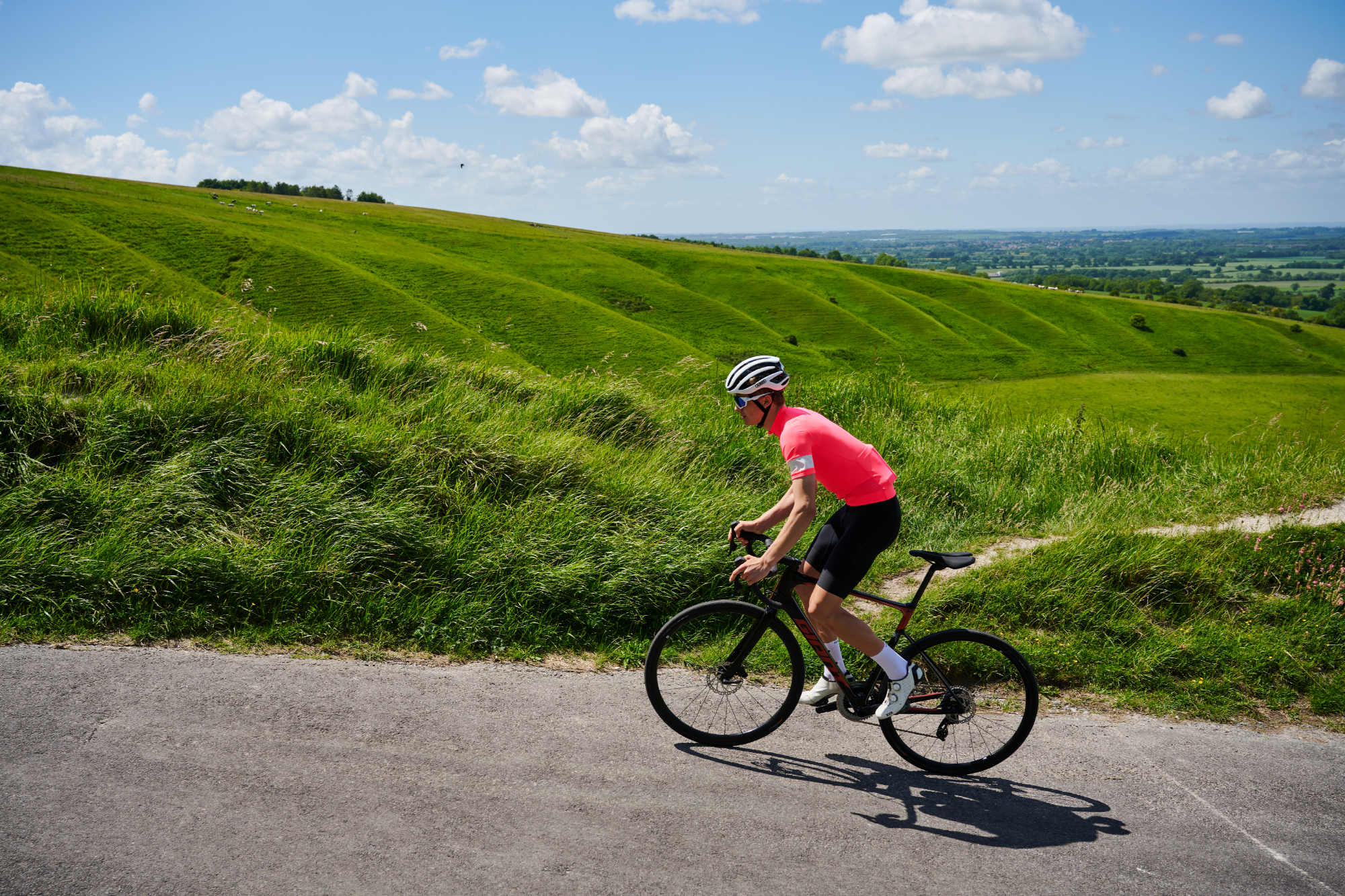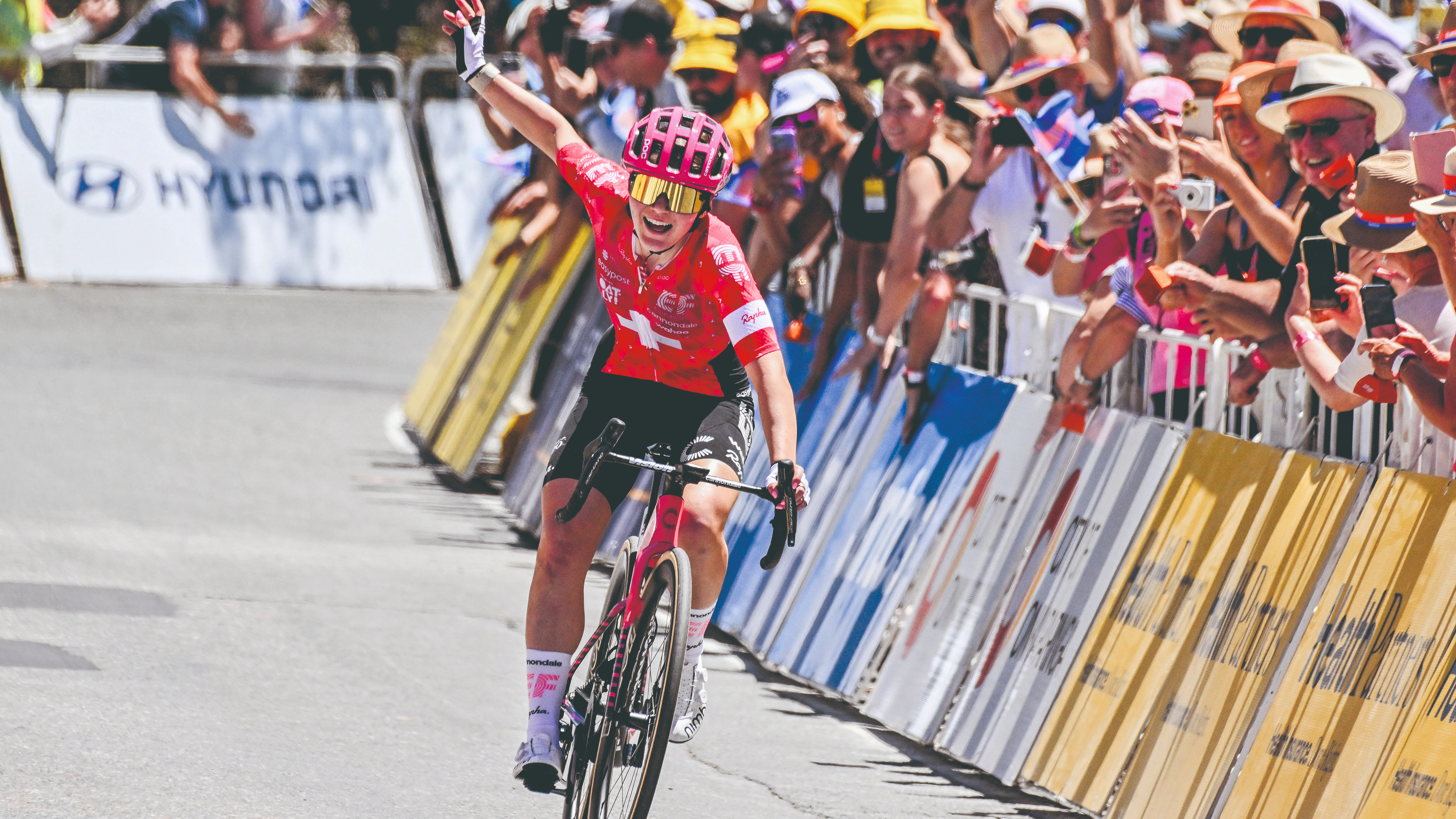How to get back into cycling after an unplanned break
From coming to terms with where your fitness levels have landed to rebuilding at the right rate - here are our top tips on making your comeback to cycling


To start with, let’s be clear that not all breaks are bad for your cycling fitness. On the contrary, we’ve previously looked at a full six reasons to take an end of season break - a good block of downtime off the bike can help you rest, recover and reignite your competitive fire.
But on the other hand, kickstarting your riding after taking an unplanned (and relatively long) break is not the easiest thing to do. Being out of breath on a climb that you used to dance up with ease is quite often the unmotivating reality.
Building your fitness back up again can be daunting, but there are ways to ease back into things and make your return a more enjoyable and successful affair.
We spoke to cycling coach Jonathan Melville of BCA (Breakaway Coaching and Analytics) to find out the best approach for returning to cycling after taking a break and what are some of the most common pitfalls to avoid - as well as what to look out for in your riding data once you’re back on the bike.
To start with, though, here are some quick-fire pointers…
The dos and don’ts of returning to cycling
DOs
Do: Have a couple of weeks’ unstructured ‘just riding for fun’ without a cycling computer tracking your ride. This will stop you comparing your riding with previous times on a loop or Strava segment
Get The Leadout Newsletter
The latest race content, interviews, features, reviews and expert buying guides, direct to your inbox!
Do: Watch out for over-use injuries caused by getting back into training too quickly, such as knee pain. Ligaments and tendons need time to get used to the stresses you’re putting on them, so build slowly
Do: Talk to a coach if you’re not sure how to get back into training. They’ll be able to plan your rebuild, taking into account how strong you’ve been in the past and how long you had off.
Do: Set cycling goals for the year ahead (if you haven’t already) and change them if you’ve left it too late to start training. Realistic planning is the most likely to lead to success.
DON'TS
Don’t: Compare your training with other riders on Strava. It’s not helpful and will never lead to positive feelings if you’re not feeling fit yourself. Focus on yourself and you’ll be back to fitness in no time
Don’t: Try and ‘catch up’ on missed training. Start from where you are and progress steadily from there. Trying to catch up on weeks or months lost may lead to overuse injuries and fatigue
Don’t: Put off getting back on the bike for longer and longer. They say there’s no time like the present, and this couldn’t be truer for getting back into training
Don’t: Worry that you’ll have lost all fitness. It comes back quicker than you think
How to get back into cycling after a break

“The amount that your fitness will decrease when you take a break will vary depending on your training history, your genetics and the length of your break,” Melville begins.
So first off, be gentle with yourself. Head out for some bike rides and just enjoy being outside. Leave your cycling computer on the mapping screen and say no to geeking out on your ride (for the time being). That means don’t check Strava just yet.
After you’ve given yourself at least a week of some easy unstructured riding, Melville recommends conducting a fitness test. They are unpleasant at the best of times, but the all-out physical effort combined with the cold hard result of exactly where your fitness currently is generally makes this first one particularly tough. Still, it will set you up for workouts that you’ll be able to complete - which is arguably more enjoyable in the long term!
“By doing a fitness test, you set a benchmark of what your current fitness is at, and you can then build up from there,” he says. It’s important not to use your old FTP number to determine your cycling training zones for your rebuilding training plan.
“The body can store some fitness. However, eventually everyone's physiology begins to degrade,” Melville explains. “That said, the rate of degradation may vary.
“Detraining can result in physiological changes including a 7% decrease in VO2max after 21 days, although after 50 days an individual's VO2max tends to stabilize,” Melville highlights.
But all of this can be reversed with the right training. When returning to training, there are certain phases that you need to go through, which Melville breaks down into this 3-fold approach:
Phase 1 - Strength
- Resistance training
- Cross training
Phase 2 - Base training
- Low intensity workout
- Keep at least 80% of training below 75% of max HR
Phase 3 - Event training
- Pick an event
- Train specially for this event.

“The phases you follow and the length you remain in a certain phase may vary depending on how long of a break you have taken and how much your fitness has changed,” Melville caveats.
“Over the course of a year your muscular strength and bone density both would have decreased, which means that your chances of getting injured when you return to training is a lot higher,” Melville notes. “So you need to build up your strength through resistance training or cross training - running would be a good example of that.”
In the second phase, you need to build up your base - this refers to your aerobic fitness, which means that you need to be keeping the majority of your training at low intensity.
If you’ve taken around a year off, the first phase is particularly important not to neglect. Whereas if you’ve taken a short break, of say only a month, then you can blend phase one and two together, conducting those at the same time, before then moving onto phase three.
“In the initial portion of this phase, up to 90% of your training should be kept at below 75% of your max heart rate,” Melville recommends, “This is teaching the body to build up your aerobic base.”
In the third phase, it’s time to pick a goal or event, and begin your training specifically towards that.
What to do if you're returning to cycling after still being active in another sport
It’s not necessarily the case that you’ll have been completely inactive in your time away from the bike. If that’s you, there are still some points to consider.
“If you were able to maintain your fitness in another sport, like running, you wouldn’t necessarily need to go through the same approach [as described above]”, Melville notes.
“But you would still need to train the muscles to work specifically for cycling. This is because the way our muscles work between running and cycling is still quite different. You may need to consider going to the gym to work on the specific mechanics of cycling, before then ramping up the volume on the bike.”
Once you’ve restarted your riding
There are a couple of things that you want to keep an eye on when you’re returning to cycling.
When analyzing your data, Melville recommends keeping a close eye on your heart rate (HR) as it will likely be higher compared to what you are used to. “When you stop training, your stroke volume decreases, which means the amount of blood pumped through the heart per beat goes down,” he explains. “As a result of this, the heart has to pump at a higher rate to compensate for the decrease in blood volume and so your heart rate will be anywhere up to 20 beats per minute faster than what you would expect.” As you return to cycling, you’ll find that your heart rate goes down for the same amount of power output.
To help you conceptualize this, another statistic to track is your Efficiency Factor (EF) which is your normalized power (NP) divided by your HR. “This gives an idea of how hard your HR is working for a given power,” Melville explains. And he adds that “an EF above 2.0 is considered very good.”
Common mistakes to avoid
1. Having a complete break
It (almost) goes without saying: the best thing is to try to avoid getting into the position of taking a complete break from the bike in the first place. I caveat this with the fact that there are many situations where this is unavoidable - whether that’s because of an injury, pregnancy or dealing with one of the many curveballs that life can throw at you.
But if you do have some scope to control matters, remember that consistency is key. If you can’t train at the intensity you did previously, it is much better not to go ‘cold turkey’ and stop completely. First, try bringing down the number of sessions you do a week to something that is well within your capabilities.
If you’re able to regularly hit your (smaller) target, that’s going to feel good mentally - and you’re more likely to be able to continue at this reduced level. Then it’s much easier to return to cycling at the level you did when the stars align in everyday life for you again.
Remember to be generous to yourself: if you only knock things back a little bit, it’s more likely that you’ll fail to hit your sessions and lose motivation as a result. The most important thing is to not stop completely (where possible) - so whatever you can do to increase the likelihood that you’ll continue week to week, so much the better.
2. Using your old data
When you do come back to training, unsurprisingly your fitness level won’t be the same as it previously was. However, a mistake that a lot of people make is using their old FTP value and making their workouts either unmanageable or simply targeting the wrong energy system.
“Watch out for trying to train beyond what you’re capable of,” Melville cautions, “you’ll end up feeling a lot more tired than you would otherwise be and you won’t be getting the benefits of the session.”
It’s important to re-test to update your training zones. If you ride on Zwift, here you can find our guide to which Zwift FTP test is best, as well as some advice on how to get the best results over here.

Thank you for reading 20 articles this month* Join now for unlimited access
Enjoy your first month for just £1 / $1 / €1
*Read 5 free articles per month without a subscription

Join now for unlimited access
Try first month for just £1 / $1 / €1

I’ve been hooked on bikes ever since the age of 12 and my first lap of the Hillingdon Cycle Circuit in the bright yellow kit of the Hillingdon Slipstreamers. For a time, my cycling life centred around racing road and track.
But that’s since broadened to include multiday two-wheeled, one-sleeping-bag adventures over whatever terrain I happen to meet - with a two-week bikepacking trip from Budapest into the mountains of Slovakia being just the latest.
I still enjoy lining up on a start line, though, racing the British Gravel Championships and finding myself on the podium at the enduro-style gravel event, Gritfest in 2022.
Height: 177cm
Weight: 60–63kg
-
 How do the pros train? Noemi Rüegg's 26 hour training week
How do the pros train? Noemi Rüegg's 26 hour training weekWinner of this year’s Tour Down Under, the EF Education-Oatly rider is a climber whose talent is taking her to the top
By Chris Marshall-Bell
-
 Save £42 on the same tyres that Mathieu Van de Poel won Paris-Roubaix on, this Easter weekend
Save £42 on the same tyres that Mathieu Van de Poel won Paris-Roubaix on, this Easter weekendDeals Its rare that Pirelli P-Zero Race TLR RS can be found on sale, and certainly not with a whopping 25% discount, grab a pair this weekend before they go...
By Matt Ischt-Barnard